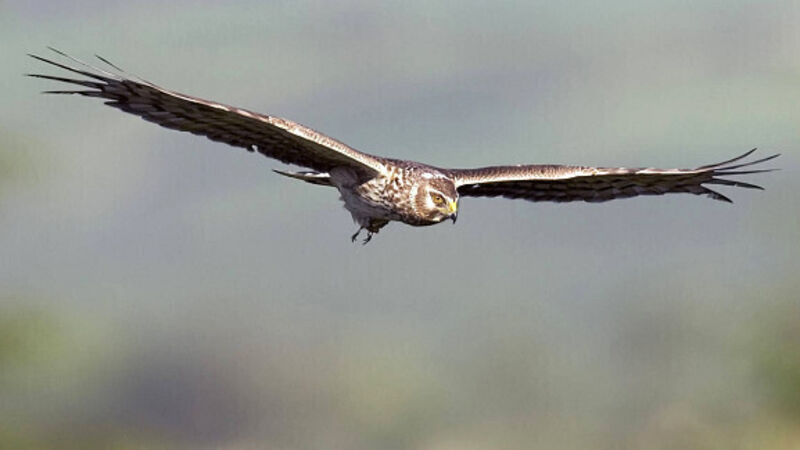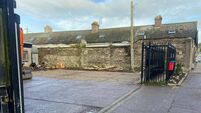When is the last time you saw a hen harrier?

It’s a long time since I’ve seen a hen harrier. I used to see them quite often. When I lived in Co Waterford I’d watch them hunting over the Comeragh mountains in summer and in winter they’d quite often turn up on the coast, sometimes flying past the bottom of our garden. Even when I moved to Co Kildare, which is not prime harrier habitat, I’d see them fairly frequently patrolling the headlands of bogs in winter. But all that was some time ago and today they’re much rarer.
This is a shame because they must be our most elegant bird of prey, given the skill with which they fly on those long wings and their remarkable owl-like faces. I particularly miss seeing the males with that amazing pearl grey plumage.













